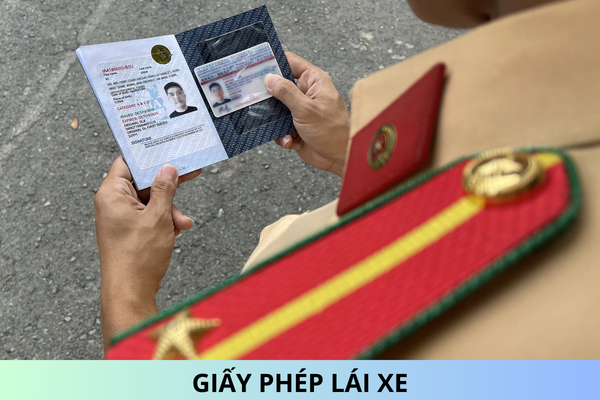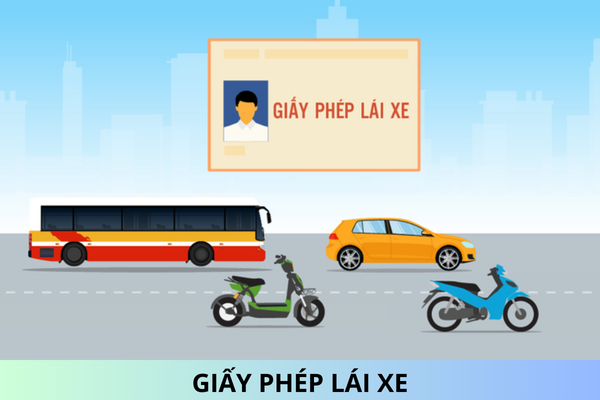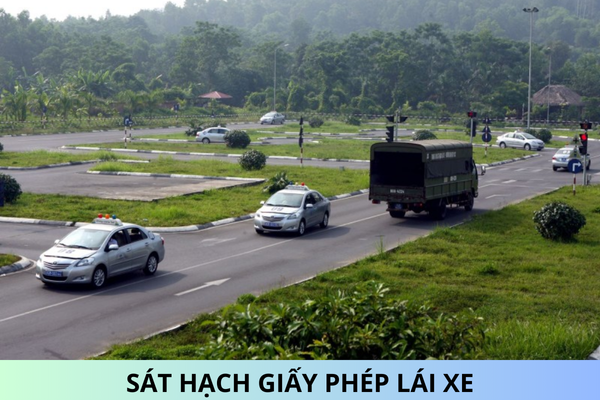Regulations on ensuring safety of people carrying out operations within air operations areas in Vietnam
How must people operating in airports and aerodromes in Vietnam ensure safety regulations? I have relatives working in the air operations area. I want to know how my relatives must ensure the safety rules. Please adevice.
Ensure safety of people carrying out operations within air operations areas in Vietnam is stipulated in Article 29 of Circular 29/2021/TT-BGTVT (Effective from January 15, 2022) as follows:
1. Comply with regulations on assurance of security and safety at AOAs and wear the effective aviation security control badge issued by a competent authority.
2. Wear a reflective or reflective stripe jacket.
3. Use walkie-talkies or appropriate two-way communication equipment, maintain constant communication with and abide strictly by the instructions given by the aerodrome control tower at the frequency prescribed by each airport and aerodrome. If walkie-talkies or appropriate two-way communication equipment is not available, there must be a person in charge or supervisor carrying walkie-talkies or appropriate equipment to maintain communication.
4. When operating a vehicle or equipment, comply with the regulatory speed limits; do not accelerate or brake suddenly upon the vehicle’s approach to or detachment from an aircraft; observe and control the speed when driving the vehicle on service roads or steer the vehicle’s approach to an aircraft or reverse the vehicle.
5. Adhere to a course and manner of direction to avoid collision with other vehicles; abide by the regulations on route, corridor, traffic flow of vehicles operating in restricted area of the airport or aerodrome.
6. Comply with standard operating procedures of vehicle manufacturers and operators; regulated principles of occupational safety and fire prevention; put on work uniform pursuant to the employer’s regulations.
7. When driving a vehicle on the service road, at the intersections between a service road and a taxiway, the vehicle driver must observe and stop the vehicle in order for the aircraft to taxi. When driving a vehicle on the service road, at the intersections between a service road and an aircraft stand taxilane center line, the vehicle driver must decelerate the vehicle, observe the aircraft’s taxiing, stop the vehicle at the prescribed position to maintain a safe distance from the aircraft taxiing and is only permitted to drive when the aircraft has taxied beyond the intersection to maintain a safe distance from the aircraft.
8. Every vehicle driver must observe, decelerate or stop the vehicle to prevent unsafe happenings in the following cases:
a) At the request of a competent person pursuant to airport/aerodrome’s regulations;
b) Upon an aircraft's taxiing; the vehicle’s passing the apron, luggage loading and unloading area. passenger’s pathway or area under construction;
c) The limitation of vision;
d) The vehicle’s dodging or giving way to another running in opposite direction or coming from behind, respectively;
dd) Upon entering a hot spot on the service road;
e) Upon approaching a corner on the service road.
9. The vehicle driver must not stop or park the vehicle on the service road (except for the vehicles servicing staff working in an AOA, passengers, baggage and cargo on the service road adjacent to the passenger terminal or cargo terminal, on-duty vehicles serving emergency rescue and fire fighting and the cases specified in Clauses 7 and 8 of this Article) or park the vehicle against regulations, thereby obstructing the movement of other vehicles.
10. The vehicle driver must not drive the vehicle through the gap between:
a) A marshalling vehicle and an aircraft taxiing;
b) An aircraft and a marshaller;
c) The VDGS system in operation and an aircraft taxiing into the aircraft stand;
d) The flow of passengers walking from an aircraft to a passenger bus or passenger terminal and vice versa.
11. The vehicle driver must not drive under the fuselage, wings and engines of an aircraft, except functional vehicles that have to move partially under an aircraft during their service.
12. The person operating a vehicle or equipment on a service road under the passenger loading bridge must follow height restriction signs. The passenger terminal operator must publish the actual height restrictions for passenger boarding bridges and put up height restriction signs at positions subject to the height restrictions for the vehicles and equipment moving under passenger boarding bridges.
13. The person operating a vehicle or equipment from a service road to the areas subject to vehicle or equipment height restrictions and vice versa must follow the vehicle or equipment height restrictions published by the facility operator. The facility operator must put up height restriction signs at positions subject to height restrictions for the vehicles and equipment in areas subject to vehicle and equipment height restrictions.
14. The vehicle driver must not leave his/her cabin during the operation of the vehicle’s engine, except for:
a) Refuellers with brake interlock system;
b) Vehicles and equipment with their stabilizers deployed in safe mode;
c) Vehicles and equipment with service positions different from the operating positions or ramp equipment tractors attached to dollies, towed conveyor belt loaders, self-propelled and non-self-propelled conveyor belt loaders with fully activated handbrake system and vehicles and equipment fitted with wheel chocks.
15. Upon approaching an aircraft, the vehicle driver must follow the following principles:
a) Approach the aircraft only when it has come to a complete stop, has been fitted with wheel chocks, its main engine and anti-collision lights have been switched off, except where the shutdown of its engines requires supporting equipment and a confirmation signal is given by the staff communicating with the crew;
b) Approach the aircraft following the sequence prescribed in the aircraft operations document;
c) Park the vehicle at the position defined in the service layout for each type of aircraft without disturbing the activities of other vehicles operating in the AOA;
d) Have a person guide vehicles reversing towards an aircraft, except those fitted with an automatic aircraft approach system.
16. The vehicle operator must be familiar with the site plan of the operation locations, routes, light signals, signs, signboards, painted markings and regulations on operation of vehicles and equipment on the apron.
17. Persons working on an apron are not permitted to travel on the service road for vehicles, are only permitted to cross the service road at the positions for pedestrians, except for the person in charge of road inspection and cleaning; shall observe and keep a safe distance upon moving through the areas where ground services and operations are carried out and upon an aircraft’s taxiing. The airport or aerodrome operator shall determine the locations where the persons working on an apron are permitted to cross the service road in the AOA.
18. Persons working on the apron must not take rests or shelter from the sun and rain underneath, next to or around ground vehicles and equipment awaiting aircraft servicing.
19. When a vehicle is moving on the service road in an operations area, the vehicle driver and occupants must wear seat belts with which their seats are equipped.
20. Do not carry flammable substances, explosives, toxic substances, corrosive substances or any other substances capable of affecting facilities and equipment without the permission of a competent authority.
21. Do not smoke, light fires or create open fires in restricted areas of airports and aerodromes.
22. Do not throw garbage and waste in AOAs.
23. Do not use mobile phones while operating or controlling ground vehicles and equipment, except emergency cases where communication is required or the walkie-talkies are damaged.
24. While not on duty, people and vehicles must not approach aircrafts, equipment in the AOAs and move in the movement area of an aerodrome.
Best Regards!










